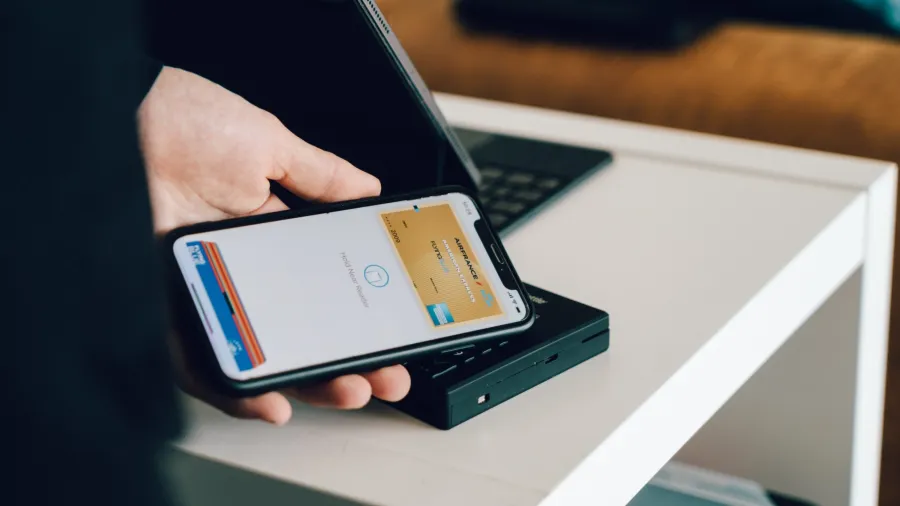
BNPL platforms risk losing trust by ignoring SFA Code of Conduct
Under the Code of Conduct, BNPL providers need to show customers their ‘Trustmark’.
Financial industry veterans raised concerns over Buy Now, Pay Later (BNPL) platforms that opt-out of the code of conduct set by the Singapore Fintech Association (SFA). The Code of Conduct requires BNPL providers to go through a thorough audit and accreditation process to display a Trustmark, which assures customers that they comply with the code. BNPL platforms that chose not to adhere to this code, which is meant to help customers manage their expenses, may risk losing both merchants and consumers.
“Those BNPL players who have not signed up, you would hope that consumers decide to avoid those platforms, and reward the ones who have built trust, ethics, and social good into the way that they work,” said Anton Ruddenklau, partner and head of financial services, KPMG, an advisory firm, in Singapore, told Singapore Business Review.
Currently, the participants of the code of conduct are Atome, Grab, ShopBack, Ablr, Latitude Pay, Pace, Split, and SeaMoney.
Aloysius Fua, partner and financial services assurance at EY said customers will go to BNPL platforms where they feel they are most protected from over-indebtedness.
“Non-compliant BNPL players are not getting access to the data that has been shared within the players in terms of creditworthiness. They potentially are not doing any appropriate credit,” Fua told Singapore Business Review.
“This will hurt them from a business point of view and also the ability to enter into the BNPL ecosystem because merchants might be less inclined to work with non-[compliant] BNPL players,” added Fua.
Amongst the provisions of the code, a cap of $2,000 in outstanding payments was imposed. It could be higher unless the customer will complete an additional assessment, which includes income and credit information shared across all BNPL firms.
A customer's BNPL access may also be halted if they failed to meet payment obligations. Since the code of conduct is meant to help consumers to spend wisely, not following such measures will decrease customer traction.
Shadab Taiyabi, president of the SFA, said consumers must still be responsible in using BNPL services despite the code of conduct in place. Consumers can do this by conducting a proper assessment of whether they can accomplish the payment terms.
“We, therefore, encourage consumers to consume the service responsibly and enjoy the benefits it can provide, such as attending to urgent purchases even when there is insufficient cash flow,” said Taiyabi, in an interview with Singapore Business Review.
“Ultimately, we hope that the Code provides more certainty for consumers and raises awareness of the guidelines that are in place for both BNPL providers and consumers,” he added.
Technology, data to advantage
As regulations mount, Fua said BNPL players are challenged to improve customer experience through technology. One example of this is to innovate where customers can link their income and where the BNPL platform can conduct checks.
“One of the scenarios is whereby the consumer goes to the counter so you can use the platform, and inform you, ‘sorry, you already breached $2,000.’ It will then not allow me to process it because there is a technology application that controls the state so you're not allowed to spend beyond the $2,000,” Fua said.
“But if they can innovate to the extent that I can actually make the credit check on the spot, and then get approval instantaneously, assuming all the documents are in. For example, the use of SingPass that can link to your income, that can do the necessary check, and approve your so-called credit limit,” he added.
This technological innovation will leverage BNPL platforms’ operations from other players, Fua said. In turn, it will also elevate the merchant’s interest to work with this kind of BNPL player.
When BNPL players have the data on their consumer profile, this would allow them to experiment more with products and services that they can provide to customers.
“BNPL gathers the data after you've made the purchase, the use of that data, and how that can then be built into different products or services. Ultimately, the data scientists and BNPL should be thinking about more products and services they can provide and they build out their wallets with customers,” Ruddenklau explained.
The ability to use this data could also increase competition between BNPL and other lending platforms.
“I think that's where the competition is going to come. It'll be an all-out war between banks, credit cards, and BNPL that could be good for customers at the moment with BNPL because you pay no interest right now,” Ruddenklau said.
Inflation will not lessen the cap
Consumer spending amidst cost pressures has been adjusted, making more Singaporeans try BNPL applications. In the first half of 2022, data.ai reported that BNPL applications download soared by 109% year-on-year to around 423,000 from 203,000 in the same period in 2021.
The BNPL Code of Conduct also allowed providers to deliver hardship assistance to financially-stricken customers having a hard time working on a mutually acceptable payment arrangement. During this time, BNPL players will suspend further transactions with these types of customers.
But as inflation continues, Ruddenklau said this would not have any impact in imposing a $2,000 limit on customers using BNPL.
He said the code is targeted at customers who are addicted to retail and shopping and cannot afford to pay it back through their average wage. But this group of people in the market, Ruddenklau said, are “low numbers.”
“What inflationary measures make this two grand defeat to be less than two grand? I don't think that'll be an issue right now. I think that bar is so high at $2,000,” said Ruddenklau.
Almost half of the BNPL transactions are $100 or less, according to a Milieu Insight 2021 study. One in five Singaporeans tried a BNPL service and the majority said they will continue to do so, Milieu Insight also showed.
Fua said putting such a cap amidst inflation will not turn off customers but it will help them improve management for finances.
“When I work to make my purchases right now, I'm working with BNPL players that are trying to make things better for me in a sense, which helps make it clear how much I will be chargeable on the day,” said Fua.
Amongst the types of purchases considered when entering the BNPL space are home furnishings at 49% and electronics at 48%.

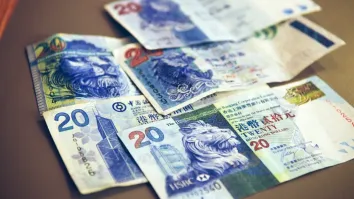


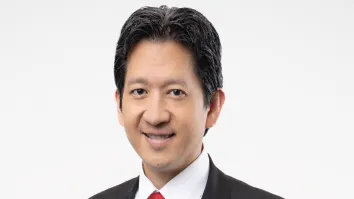






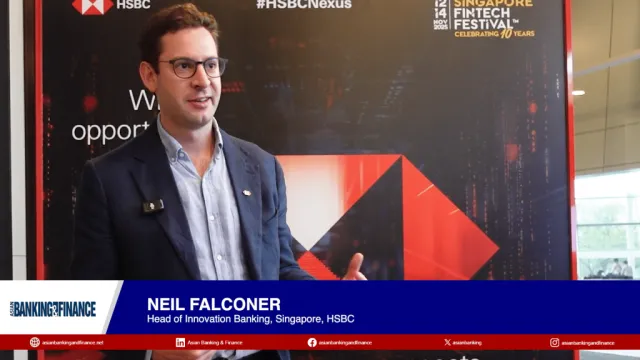
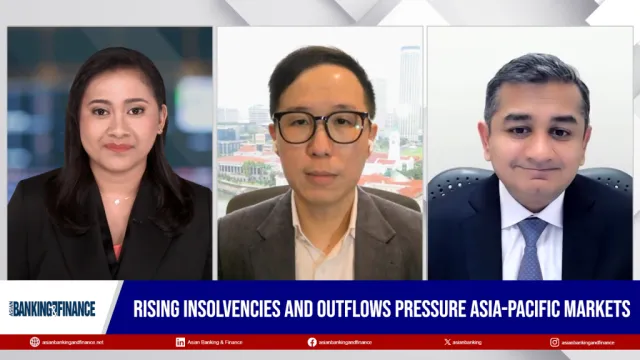



 Advertise
Advertise










